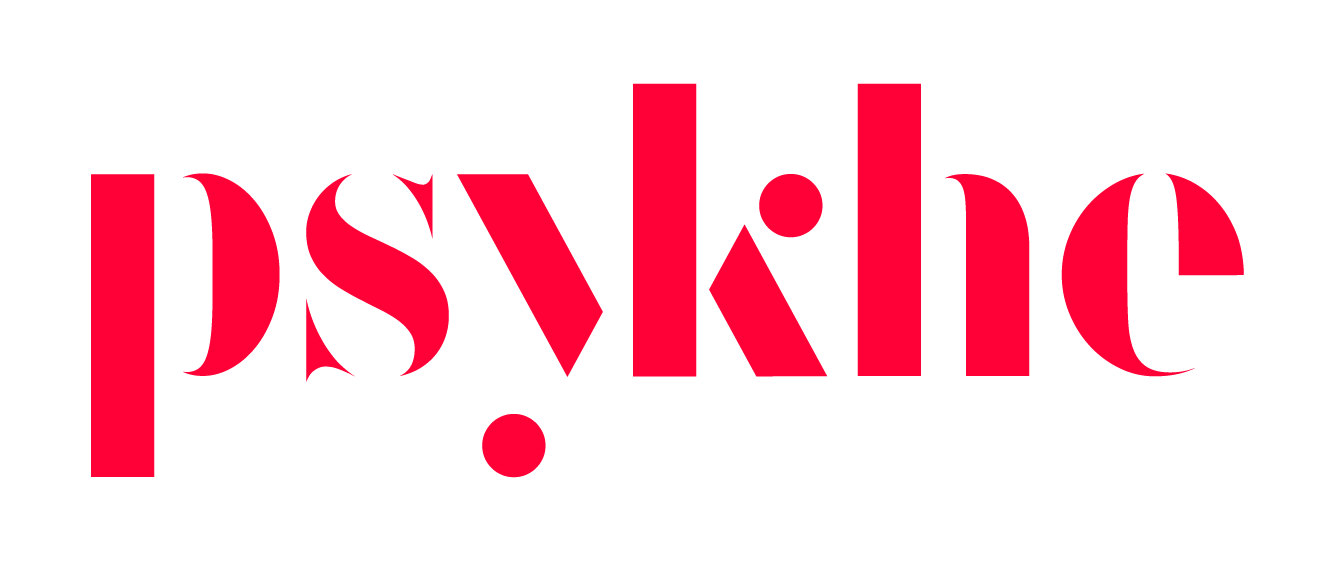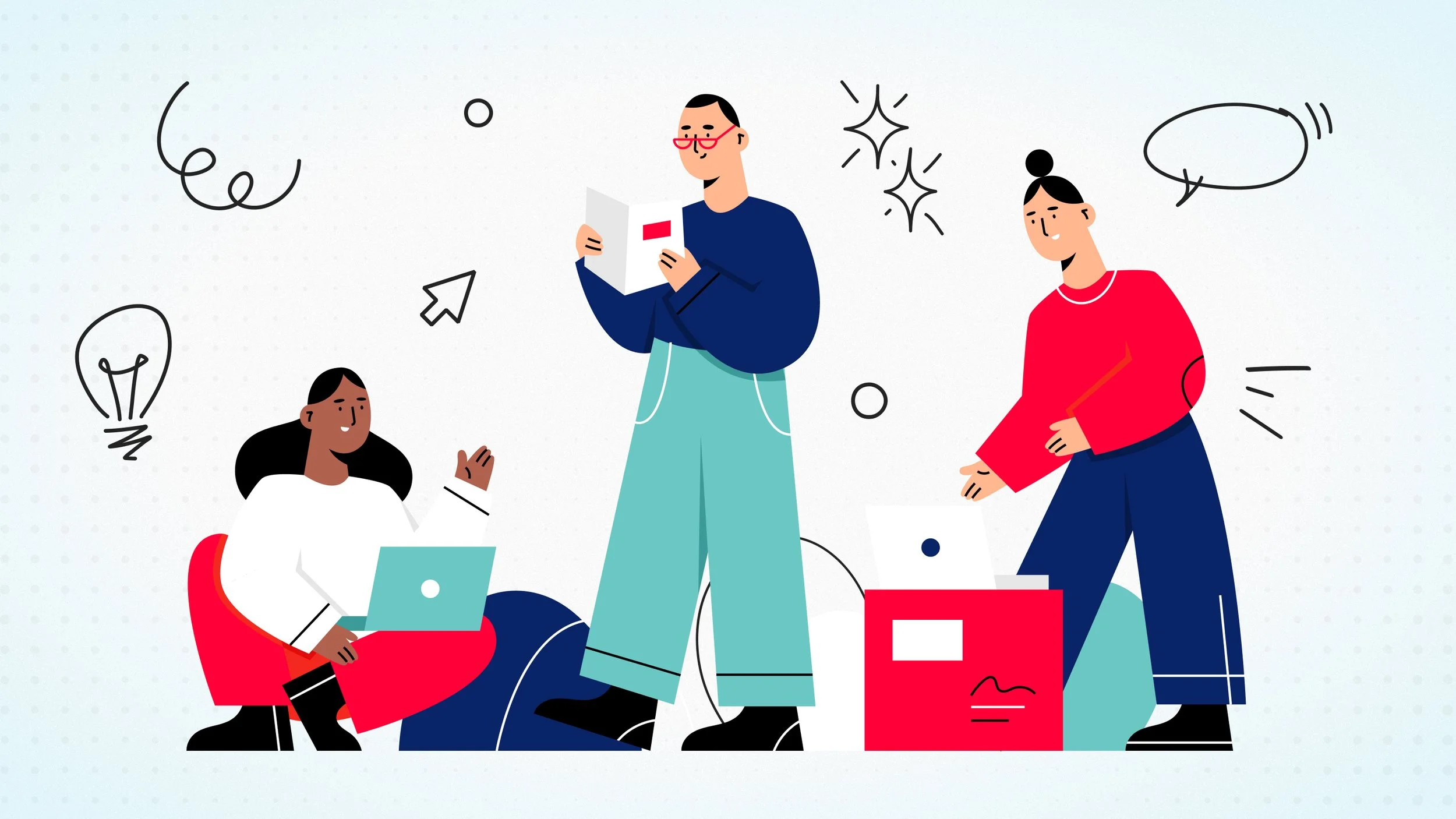UX for beginners: What I learnt after interning in UX for a month
Learnings and musings on UX from one of our PSYKHE interns
Written by Khyati Rawat
I just wrapped up a 4 week internship at PSYKHE, a strategic design consultancy based in Southeast Asia. PSYKHE specialises in helping organisations innovate through a human-centered approach.
As someone who didn’t know much about User Experience before stepping into the role, I wasn’t sure what to expect. Over the course of the internship I was able to learn about human-centered design, and even conduct market landscape research. In the market landscape scan, I analysed and compared two key markets for a sportswear brand. Additionally, I observed user interviews (and was even interviewed myself!), and gained exposure to UI design practices from the team.
But what is UX? UX focuses on how users interact with and experience a product, system or service through a combination of research, testing, design, and strategy. User centricity is one of the core principles of UX design, and it involves the act of putting the customer at the forefront of every decision you make while developing a product, ensuring the products are aligned with the real needs of the users.
UX examines elements including:
Usability: How easy and efficient it is for users to accomplish tasks
Satisfaction: Measuring how positively users feel about their experience
Accessibility: Designing products that can be used by consumers with diverse abilities and disabilities
Through this article I aim to offer beginners a real-world glimpse into how UX is approached in a professional setting and hope to share what I learned along the way, as a beginner myself. Over the next few sections I will go over some of the tips and tricks on what goes into delivering a strong user experience for a product/service/brand, covering topics such as: Market research, User interviews and UI design.
Market research
My first project at PSYKHE was to conduct market research for an activewear brand trying to expand to more markets. Market research refers to the process of gathering information about the users in the market. This can involve looking at competitors, consumer behaviours, preferences, trends and cultural factors in order to understand consumer needs and preferences and tailor products accordingly. It was my first time doing such kind of research, and I realised more aspects go into research beyond just facts.
Before this project, I assumed market research was mostly about pulling stats from reports, but I learned understanding users meant going much deeper. Most importantly, it was about asking the right questions during your research. You must break down the research into as many research questions as you can formulate. What are users saying they want? Does what they want correlate to consumer trends? Where do they feel unheard? What are their recommendations?
However these questions are not easy to answer, which is where I realised the importance of digging deep. Go beyond obvious sources! Traditional search engines such as Google are great starting points, but platforms like ResearchGate, Statista, and Pubmed often provide a wider spread of data. If competitor websites don’t reveal enough, dig into third-party platforms like forums, app stores, or Reddit where consumers leave feedback and recommendations for other consumers. Look at the common complaints and patterns in user behaviour.
Having said that, it is difficult to keep track of and organise all the information. So, here are a few other key tips and tricks that helped me overcome challenges, which I believe are useful for both beginners and more advanced researchers alike:
Have a clear framework before diving in: Outline your report or research well before starting to look for information. This helps filter and organise your findings!
Document as you go: Keep a research log or table where you summarise key website findings with links. This makes reviewing and referencing information for your report much easier later.
Visualise comparisons: When doing comparative analysis (like I did across two countries), use tables or visual formats to synthesise heavy information in an easy to understand format.
Double check your information: If something online feels like an assumption, treat it like a hypothesis and test it. Try to validate it through various websites and multiple sources.
Through my experience, I was able to reflect on the key aspects of conducting effective market research. What seems obvious at first glance can often be inaccurate or incomplete due to the unpredictability of markets and human behaviour. In-depth market research is the first step to challenging assumptions made by companies and brands, and help broaden their perspectives.
User interviews
At PSYKHE, I had the chance to observe and take part in mock user interviews. User interviews are a key part of UX research as they help teams go beyond data and analytics to uncover reasons behind consumer behaviours, and how consumers think, feel and behave.
Before this internship, my understanding about user interviews was surface-level and vague. However, after participating in mock interviews and watching how interviews were conducted at PSYKHE, I realised how important and tricky user interviews could be.
One of the first things I noticed was the importance of building rapport in the interview. When interviews feel more like natural conversations, people open up more. By making the conversation feel safe, interviewees are more likely to be honest, providing more insightful answers.
But sometimes even with strong rapport, not every answer is clear or in-depth enough. Don't give up too quickly! If a response feels too vague or generic, try gently probing further in a rephrased manner.
Your questions can center around a theme, but they should adapt to the user's style of conversation so you can get the most out of the user. It is important for you to shift the direction of the interview and questions based on where the conversation is taking you. You can broaden, shorten or reshuffle your questions based on each interviewee for the best collection of information.
Here are some other tips and tricks I picked up on user interviews in my time at PSYKHE:
Avoid asking two questions at once (or compounded questions): For example, asking “Do you think the product is helpful, and how does it compare to others you’ve used?” These questions usually lead to one half of the question being ignored. Breaking up questions often allows for clearer answers.
Add examples later: Examples might feel helpful to clarify a question, but it can actually bias the user’s response. Let respondents answer freely first, and you can always step in later with examples if they really need some help.
Rely on themes, not a strict script: I learned that going into an interview prepped with potential themes helps the conversation flow, and lets you pick up on cues and dive deeper when a theme comes up.
Echo the user when needed: If you're stuck, or need time to think of a follow up question, a quick fix to buy time is echoing the interviewee. This is done by repeating a valuable or interesting part of what they said to get further elaboration, and it also makes them feel heard.
UI design
At PSYKHE, I gained a much deeper understanding of what UI (User interface) design means and how it is done, through speaking with designers and observing how they work.
First, what is UI design? And why is it important?
UI design is the process of crafting the visual and interactive elements of a product and designing the components that users see and interact with. It focuses on look, feel and usability of the interface.
UI impacts how people experience the product, and this can ultimately determine whether they choose to return or use it again. A well-designed UI ensures that users can navigate a product easily without confusion or frustration, and it appeals to the target audience. Good UI…
Improves usability: helping users complete tasks efficiently
Makes navigation easy to understand: making it easy for users to find what they need
Increases user satisfaction: by making the experience smooth and visually pleasing
Increases engagement: encourages users to explore and interact with the product longer
Supports your brands identity: contains visuals and tone that reflect the brand’s values and personality
Champions accessibility: ensuring the interface can be used by people with varying abilities and needs
Focuses on user-centeredness: design that reflects the user’s needs, goals and preferences
Demonstrates consistency: providing a consistent, high-quality experience across different devices (Mobile, Tablet, Desktop)
What are some common mistakes people make in UI design, and what are the most challenging aspects? By talking to designers I quickly realised that one of the biggest mistakes is assuming there is a single “right” answer in design. In reality, design is subjective and highly context driven. It’s less about perfection and more about how well a design is justified and aligned with its goals, and how well it fits into the eyes of the users. A strong design starts with knowing the concept, intention, and objective of the design, whether it is driven by business needs or user feedback.
Knowing your concept and target audience also helps you make difficult decisions when faced with design choices because it allows you to prioritise what best serves the user’s needs and aligns with the project/brand goals.
Another common pitfall is jumping straight into a solution without exploring multiple design options. To expand on this, designers at PSYKHE recommended doing design explorations, which includes testing out several layouts and styles before narrowing down to your best one. Limiting yourself to one idea too early can result in you missing out on better alternatives! Similarly, it is important to gather feedback on your work from designers and non-designers alike. A fresh pair of eyes helps reveal things you might have overlooked and allows you to gather new perspectives on your design. Checking in with other people ensures that your interface is understandable, accessible, and usable for everyone.
Below is a recap and further collection of top tricks and tips for starting UI design given by those at PSYKHE!
Do design explorations: Create multiple design options to discover the best layout and style.
Look at competitors: Study how others approach similar design problems for inspiration and understanding your competition.
Look at current user trends in the market: Stay updated with trends and user preferences to keep your designs relevant and trendy!
Tailor your design to your target audience/age group: Tailor your design choices to fit the specific needs of your product and audience.
Don’t limit yourself: Stay open to new ideas and avoid sticking to just one concept too early! Keep exploring and experimenting as you go on.
Look beyond your industry for ideas: Draw inspiration from multiple industries to gain insights into how they design similar features and what works.
Gather feedback frequently: Seek input from both designers and non-designers to get fresh perspectives.
Make sure you are able to justify your design decisions: When presenting your design, make sure you are able to explain why you made certain choices and how they meet user and business goals.
Overall, Interning at PSYKHE gave me a firsthand look at the depth and detail behind many aspects of UX. As someone new to the field, I aimed to share many of my learnings I gained through this journey. I hope this article view offers a useful starting point for anyone exploring UX!

